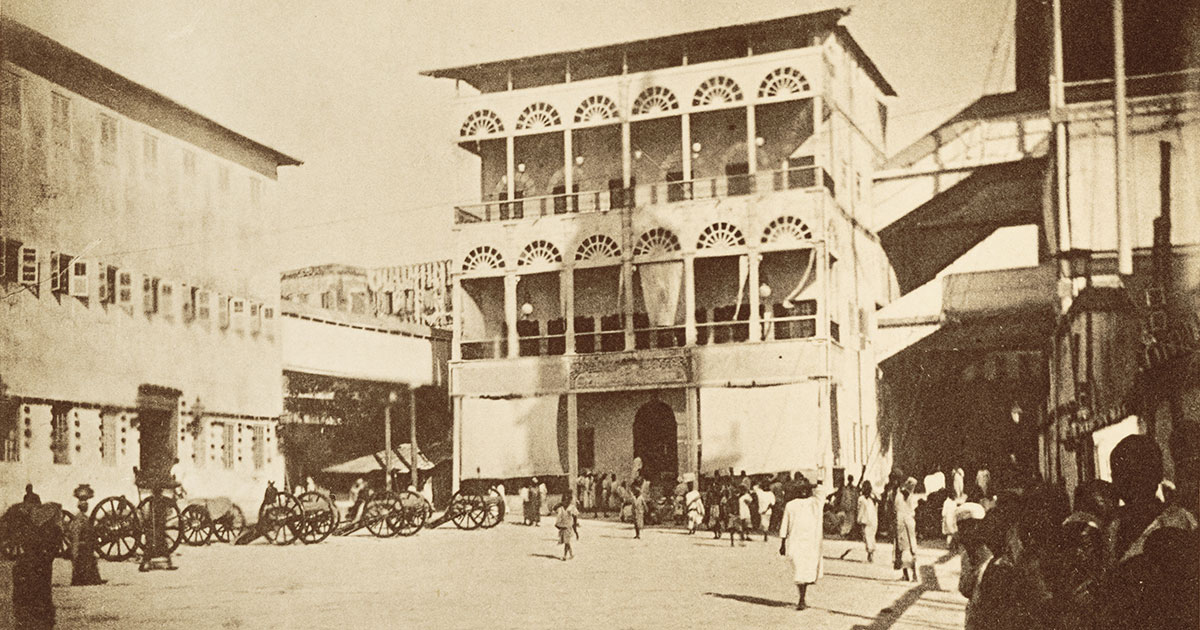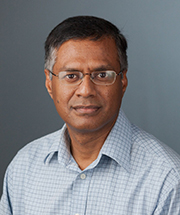Architecture professor examines social production of cities in Muslim societies

LAWRENCE – In his new book, Mahbub Rashid writes about the impact of power, capital and everyday life on the social production of physical space and spatiality in traditional cities of the Muslim world.
 In “Physical Space and Spatiality in Muslim Societies: Notes on the Social Production of Cities” (University of Michigan Press), the University of Kansas professor of architecture critiques the theories of space of three leading French philosophers of the late 20th century — Michel Foucault, Henri Lefebvre and Pierre Bourdieu — for not considering the physical space of cities differently from other spaces. He then goes beyond their influential ideas to outline his own theories about the social production of physical space and spatiality, using traditional cities in Muslim societies as examples.
In “Physical Space and Spatiality in Muslim Societies: Notes on the Social Production of Cities” (University of Michigan Press), the University of Kansas professor of architecture critiques the theories of space of three leading French philosophers of the late 20th century — Michel Foucault, Henri Lefebvre and Pierre Bourdieu — for not considering the physical space of cities differently from other spaces. He then goes beyond their influential ideas to outline his own theories about the social production of physical space and spatiality, using traditional cities in Muslim societies as examples.
Rashid said that Muslim cities from A to Z – specifically using case studies of Algiers and Zanzibar – have a unique quality that eludes the Western gaze.
He wrote: “Western observers’ inability to appreciate an order different from theirs affected not only their understandings of the physical space and spatiality of the traditional city in Muslim societies, but also their understanding of the other aspects of urban life of these cities.
“Our understanding of the social production of the physical space and spatiality of cities in Muslim societies has remained incomplete,” he wrote.
The new book is designed to remedy that lack.
Based on a brief review of the Western intellectual history of space — using Immanuel Kant to David Émile Durkheim to Claude Lévi-Strauss to those writing about space in the late 20th century — Rashid argued that their theories have failed to acknowledge that physical space and spatiality are produced as a result of constant interactions of power, capital and everyday life.
For Rashid, who lived in a city similar to the ones he wrote about: “We never fail to appreciate the unmistakable experiential qualities of cities in Muslim societies ... Something at the level of experience and consciousness seems to have persisted in these cities,” regardless of their historical, geographical, social or cultural specificity.
That was true in Algiers and Zanzibar under their first imperial rulers – the Ottoman Empire and the Omani Sultanate, respectively – as well as under the cities’ later French and British colonizers, albeit in very different ways.
Combining Michel Foucault’s archeology and genealogy with urban morphology, Rashid outlines the development of the two cities from roughly the 16th century, through the colonial period and on to today. For this, he also uses a series of maps representing different phases and aspects of these cities.
Rashid said he chose Algiers and Zanzibar in part because they had very different experiences of colonialism — for Algiers, it was much more heavy-handed. The book, the author said, is his attempt to show just how important everyday life — defined to a large extent by religious practices, political powers and modes of economic production — was and is for the physical spaces and spatiality of Muslim societies.
During the colonial period, Rashid wrote, “In many (traditional) cities, narrow zigzag streets built for pedestrians and animals had been modified to accommodate mechanized transport and modern infrastructures. The traditional system of economic production in these cities and societies has gradually disappeared in favor of foreign goods or modern, technology-based production systems. In many cases, the processes of change instigated under colonial rulers have continued unabated even after independence.”
“That's one thing I wanted to look at,” he said. “If colonialism was what disrupted the social production of space, then these two extreme examples may show us how they were different under different colonial powers.”
In the end, Rashid said that the physical space and spatiality of traditional cities in Muslim societies did not completely vanish under the pressure of colonial power and economy. Local resistance saved some parts of it that we experience today. Such local resistance, he said, can be used to sustain the social production of cities in modern societies.
Image: Palaces and courts in Omani Zanzibar. Credit: Photo by J. Sturtz. Source: The Melville J. Herskovits Library of African Studies Winterton Collection, Northwestern University.